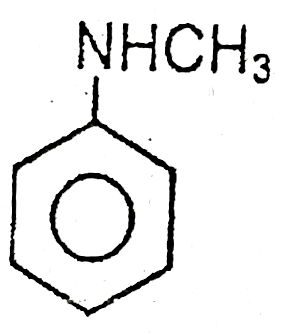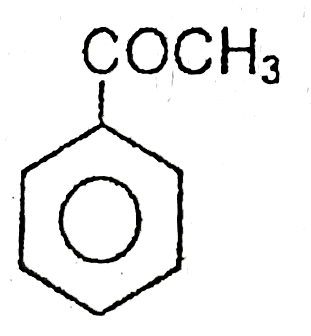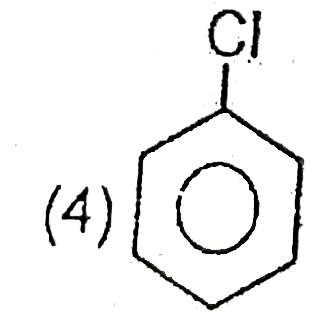Which of the following has more electrons than neutrons?
F−
Al3+
O2−
Na+
To solve the question of which of the following elements or ions has more electrons than neutrons, we will analyze the provided options step by step.
Step 1: Understand the Basics
- Atomic Number: The number of protons in an atom, which is also equal to the number of electrons in a neutral atom.
- Mass Number: The total number of protons and neutrons in the nucleus of an atom.
- Neutrons: Can be calculated using the formula:
Neutrons=Mass Number−Atomic Number
Step 2: Analyze Fluorine (F)
- Atomic Number: 9 (therefore, protons = 9, electrons = 9 in neutral state)
- Mass Number: 19
- Neutrons Calculation:
Neutrons=19−9=10
- Electrons in F⁻ Ion: Gains 1 electron, so:
Electrons=9+1=10
- Comparison: Electrons (10) = Neutrons (10) → Not more electrons than neutrons.
Step 3: Analyze Aluminium (Al)
- Atomic Number: 13 (protons = 13, electrons = 13 in neutral state)
- Mass Number: 27
- Neutrons Calculation:
Neutrons=27−13=14
- Electrons in Al³⁺ Ion: Loses 3 electrons, so:
Electrons=13−3=10
- Comparison: Electrons (10) < Neutrons (14) → Not more electrons than neutrons.
Step 4: Analyze Oxygen (O)
- Atomic Number: 8 (protons = 8, electrons = 8 in neutral state)
- Mass Number: 16
- Neutrons Calculation:
Neutrons=16−8=8
- Electrons in O²⁻ Ion: Gains 2 electrons, so:
Electrons=8+2=10
- Comparison: Electrons (10) > Neutrons (8) → More electrons than neutrons.
Step 5: Analyze Sodium (Na)
- Atomic Number: 11 (protons = 11, electrons = 11 in neutral state)
- Mass Number: 23
- Neutrons Calculation:
Neutrons=23−11=12
- Electrons in Na⁺ Ion: Loses 1 electron, so:
Electrons=11−1=10
- Comparison: Electrons (10) < Neutrons (12) → Not more electrons than neutrons.
Conclusion
The only option that has more electrons than neutrons is Oxygen (O²⁻ Ion).
- Atomic Number: The number of protons in an atom, which is also equal to the number of electrons in a neutral atom.
- Mass Number: The total number of protons and neutrons in the nucleus of an atom.
- Neutrons: Can be calculated using the formula:
Neutrons=Mass Number−Atomic Number
- Atomic Number: 9 (therefore, protons = 9, electrons = 9 in neutral state)
- Mass Number: 19
- Neutrons Calculation:
Neutrons=19−9=10
- Electrons in F⁻ Ion: Gains 1 electron, so:
Electrons=9+1=10
- Comparison: Electrons (10) = Neutrons (10) → Not more electrons than neutrons.
- Atomic Number: 13 (protons = 13, electrons = 13 in neutral state)
- Mass Number: 27
- Neutrons Calculation:
Neutrons=27−13=14
- Electrons in Al³⁺ Ion: Loses 3 electrons, so:
Electrons=13−3=10
- Comparison: Electrons (10) < Neutrons (14) → Not more electrons than neutrons.
- Atomic Number: 8 (protons = 8, electrons = 8 in neutral state)
- Mass Number: 16
- Neutrons Calculation:
Neutrons=16−8=8
- Electrons in O²⁻ Ion: Gains 2 electrons, so:
Electrons=8+2=10
- Comparison: Electrons (10) > Neutrons (8) → More electrons than neutrons.
- Atomic Number: 11 (protons = 11, electrons = 11 in neutral state)
- Mass Number: 23
- Neutrons Calculation:
Neutrons=23−11=12
- Electrons in Na⁺ Ion: Loses 1 electron, so:
Electrons=11−1=10
- Comparison: Electrons (10) < Neutrons (12) → Not more electrons than neutrons.
The only option that has more electrons than neutrons is Oxygen (O²⁻ Ion).
Topper's Solved these Questions
Similar Questions
Knowledge Check
Which of the following particles has more electrons than neutrons
ACBFCO−2DAl+3Which of the following compound/s have more electron density than
 A
A B
B C
C D
D
Which of the following has an equal number of neutrons and protons?
AhydrogenBdeuteriumCfluorineDchlorine
Which of the following molecules has more than one lone pair ?
View SolutionWhich of the following MOs has more than one nodal plane?
View SolutionWhich of the following figures has more than three lines of symmetry?
View SolutionWhich of the following has more than two lines of symmetry
View SolutionWhich one of the following has the highest neutrons ratio ?
View Solution
